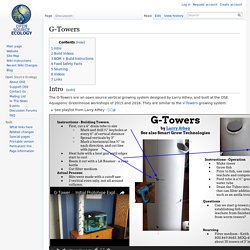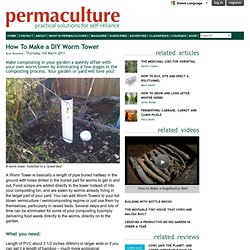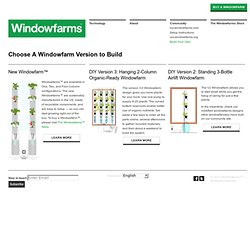

How radical gardeners took back New York City. Fleet Farming - A Bike-Powered Urban Farming Program. G-Towers. The G-Towers are an open source vertical growing system designed by Larry Athey, and built at the OSE Aquaponic Greenhouse workshops of 2015 and 2016.

They are similar to the V-Towers growing system. See playlist from Larry Athey - [1] edit Here are some videos and pictures from the Aquaponic Greenhouse Workshop of 2016: See From Larry - The G-Tower is just as food safe as any other plastic flower pot on the market. Hibco Plastics - - Reticulated Urethane foam, artificial soil medium, open pore filter type material, 20-25 Pores Per Inch (PPI), very course. Keith Pavlansky, kpavlansky@hibco.com Larry Athey suggests 2"x3-1/2"x3' pieces, cost of $1/board-foot, or $1.75 per piece, minimum order quantity (MOQ) of $300. Example small-scale G-Tower based home aquaponics system that only requires a 4x4 foot corner in any room.
Hibco Plastics materials - artificial soil medium foam explained - interview of Hibco's Keith Pavlansky by David Cunningham of Smart Grow Technologies. 6,000 lbs of food on 1/10th acre - Urban Farm - Urban Homestead - Growing Your Own Food. How To Make a DIY Worm Tower. A Worm Tower is basically a length of pipe buried halfway in the ground with holes drilled in the buried part for worms to get in and out.

Food scraps are added directly to the tower instead of into your composting bin, and are eaten by worms already living in the target part of your yard. You can add Worm Towers to your full blown vermiculture / vermicomposting regime or just use them by themselves, particularly in raised beds. Several steps and lots of time can be eliminated for some of your composting bysimply delivering food waste directly to the worms, directly on to the garden. What you need: Length of PVC about 3 1/2 inches (89mm) or larger wide or if you can get it a length of bamboo – much more ecological Something to cap the tube with.
A saw that can cut through PVC Drill with large drill bit. Shovel I had a 9 foot (2.74 metres) length of PVC already, but I did go buy three caps to seal off the top from flies and critters. How To Cut the pipe into roughly 3 foot (.91m) sections. Build Your Own - Windowfarms. New Windowfarm™ Windowfarms™ are available in One, Two, and Four-Column configurations.

The new Windowfarms™ are sustainably manufactured in the US, made of recyclable components, and are easy to setup — so you can start growing right out of the box. To buy a Windowfarm™, please visit The Windowfarms™ Store. DIY Version 3: Hanging 2-ColumnOrganic-Ready Windowfarm The version 3.0 Windowfarm design gives you more plants for your buck. Windowfarms. We like it wild: bottle gardens. As much as we love to garden, sometimes there just aren’t enough hours in the day to do it all.

If there’s a way we can shorten our to-do list, we’ll take it. This week’s project, a no-fuss recycled windowsill herb garden, has knocked watering the plants off our list. Self-watering planters like these aren’t a new idea; we remember our own childhood craft books that taught us how to poke holes through Dixie cups or invert two liter plastic bottles to grow our own little bean garden. This grown-up version is much better looking and works great for small herbs and plants. We used beer bottles for ours, but you could make a larger garden with wine bottles too. Although this project may take a little more effort than your average windowsill garden initially, the pay off is worth it for us: we get to usefully recycle bottles, we get fresh herbs we don’t have to dote on, and we get a sparkling window display.
CLICK HERE for the full (photo illustrated) project steps after the jump!